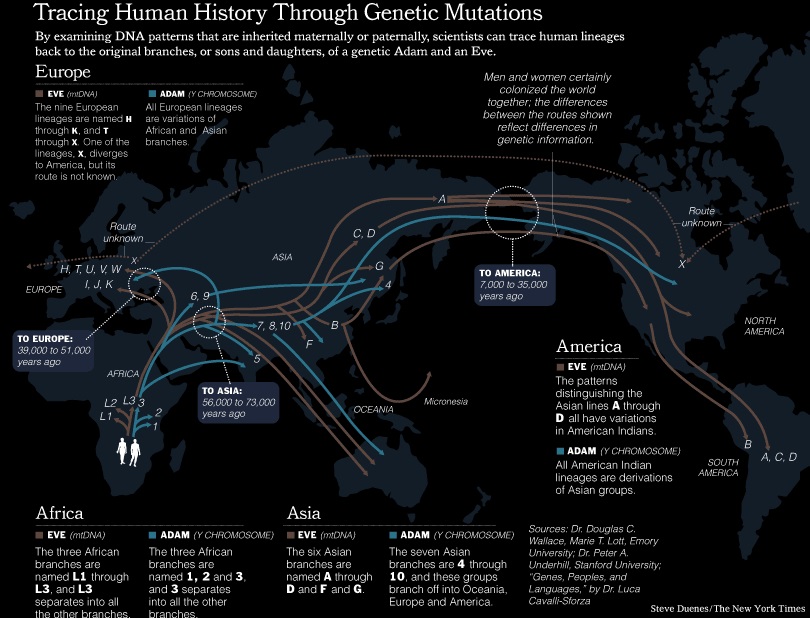Kon-Tiki was a legendary expedition that was carried out in 1947 by Norvegian anthropologist Thor Heyerdahl. The expedition tested a hypothesis whether Pacific Islands could have been colonized from Americas and thus wanted to demonstrate that waterways were not barriers but means of transportation and gene flow for human populations.
Peopling of the Pacific is a fascinating story. The Polynesians were without question the greatest open ocean voyagers in the human history. They built double-hulled canoes and traveled over the vast expanses of the Pacific settling both Hawaii and New Zealand. Finally, between 700 and 900, they reached to Rapa Nui – Easter Island which was possibly the last place on earth to be permanently settled.
Kon-Tiki expedition tried to open a new window to our understanding of this one of the last chapters of human colonization of the planet. Despite a successful 101 day long sail from Peru to an islet off Raroia atoll in the Tuamotu group there is no DNA-based evidence for such a long distance gene flow. Even if it happened the colonizers left no surviving descendants.
There is however genetic evidence for the gene flow in the reverse direction of what Kon-Tiki Expedition has predicted from Oceania into Americas. Two independent genetic studies have found evidence for genetic links between Oceania and the native populations of the Americas where the DNA of some native Amazonians shows significant similarity to indigenous inhabitants of Australia and Melanesia.
Water has been a very effective means for human transport. Oldest archeological shipwreck ever is Uluburun from late bronze-age. The wreck was found in eastern Mediterranean and had a staggeringly diverse cargo. Using river network of Europe Volga Vikings were routinely sailing down south to Baghdad. Similarly, first global economy was established on the Indian Ocean where Arab merchants were able to sail from Africa to Indonesia and back. The Atlantic is an unforgiving ocean because of its winds blowing towards one dominant direction. On the other hand, the winds of the Indian Ocean predictably blow north-easterly for one half of the year and south-westerly for the other. Therefore traders can afford to sail very long distances knowing they’re going to be able to return. Merchant sailors have been traveling on these seas for thousands of years and they carried not just cargoes of goods, but plants and animals, people, languages and religions.
Kon-Tiki Expedition represents another bold exploration attempt dominated by Norvegians during the first half of the 20th century. This strong tradition was to a large part initiated by a very influential explorer Fridtjof Nansen.
Archeological findings from Brazil make quite a bold suggestion that humans may have arrived the New World much earlier than the Clovis-first model where humans crossed the Bering Land Bridge. Sea levels were much lower by then. Excavations in Brazil point that this date may be as early as 22 thousand years:



1 Comment